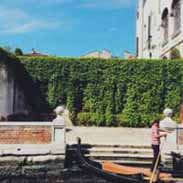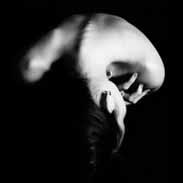Baroque Flashcards, test questions and answers
Discover flashcards, test exam answers, and assignments to help you learn more about Baroque and other subjects. Don’t miss the chance to use them for more effective college education. Use our database of questions and answers on Baroque and get quick solutions for your test.
What is Baroque?
The Baroque period was an era of grandeur and extravagance, lasting from the late 16th century to the early 18th century in Europe. It was a period characterized by ornate art, elaborate architecture and music as well as fashion and literature. During this time, Europe experienced unprecedented growth in social and cultural dynamics, resulting in a flourishing of the arts.The Baroque style of art was characterized by its dynamism; it showcased movement with various poses and lively facial expressions. Colorful palettes were used to create depth and drama; gold ornaments were common motifs used throughout artwork. The use of light also played an important role: painting with light could be seen across many works during this period. This use of light was especially prominent in church paintings meant to emphasize certain elements or figures within them. Architecture also took part in this trend; churches designed in Baroque style are often grandiose with dynamic forms rather than symmetrical structures like those before it.Another key component of Baroque culture is music which follows a similar pattern as that seen in paintings: dynamic melodies paired with ornamentation that captured the emotion of each piece more effectively than earlier eras’ compositions did. This can be heard throughout some famous works such as Bach’s Brandenburg Concertos or Vivaldi’s The Four Seasons. Moreover, operas became increasingly popular during this time due to their ability to capture larger audiences through their combination of storytelling, singing, dance and visual effects on stage something unique for its time. Overall, the Baroque period brought about new ideas about artistry that emphasized emotion over precision which can still be observed today through its influence on modern day music, painting and architecture alike.
















